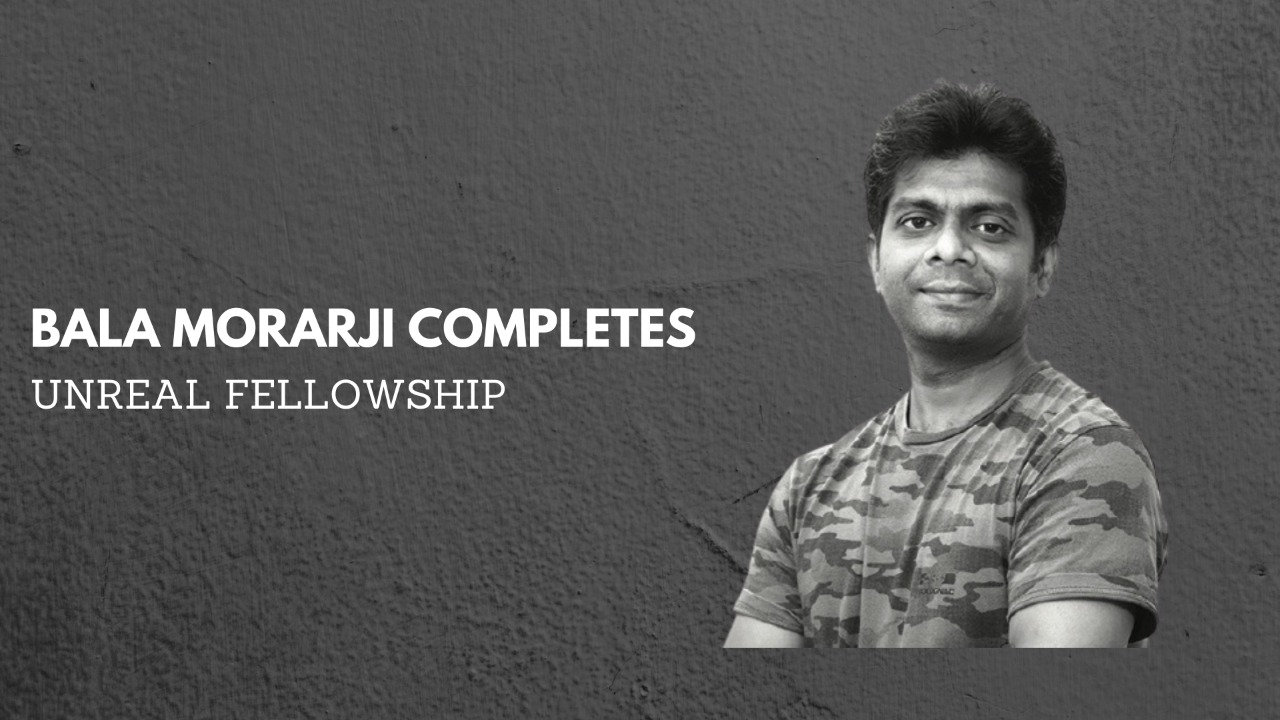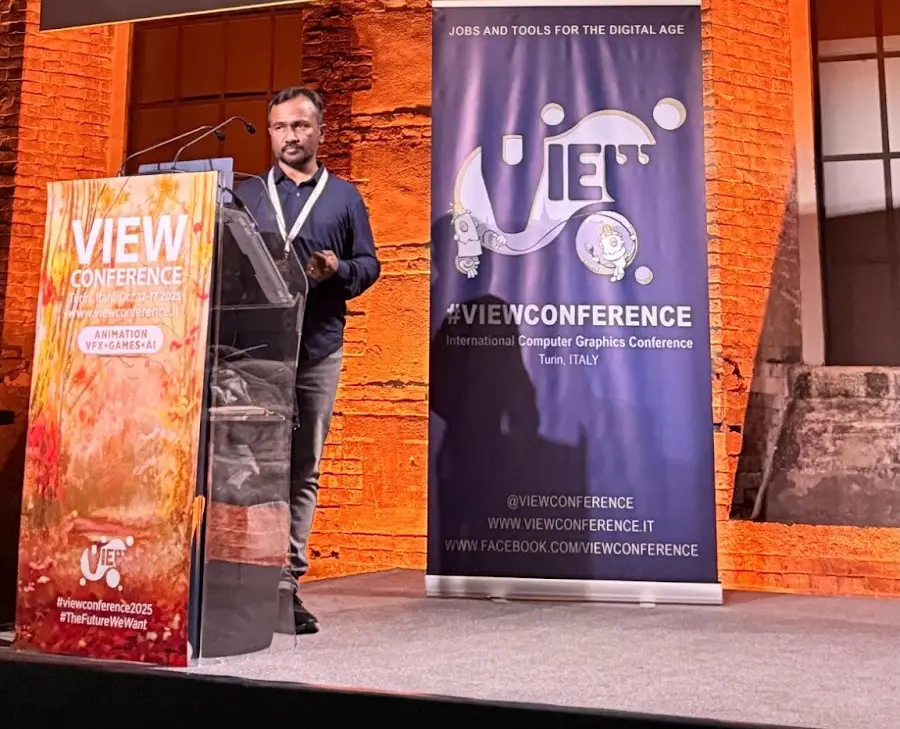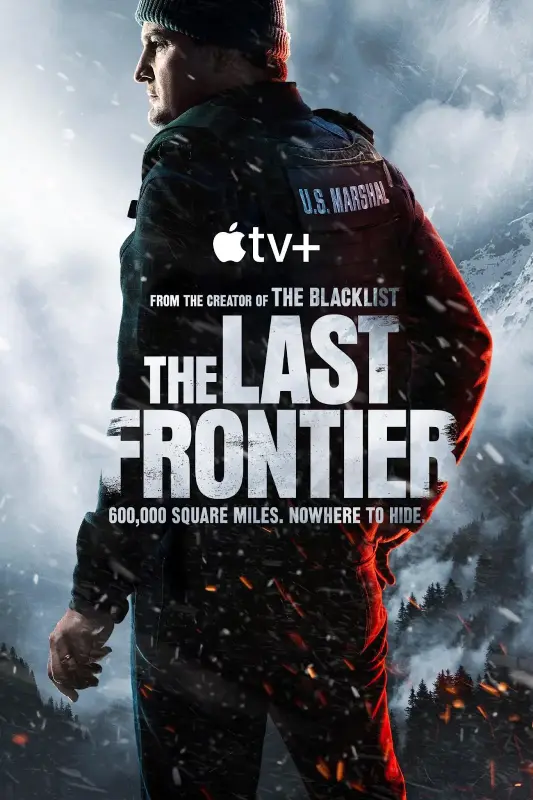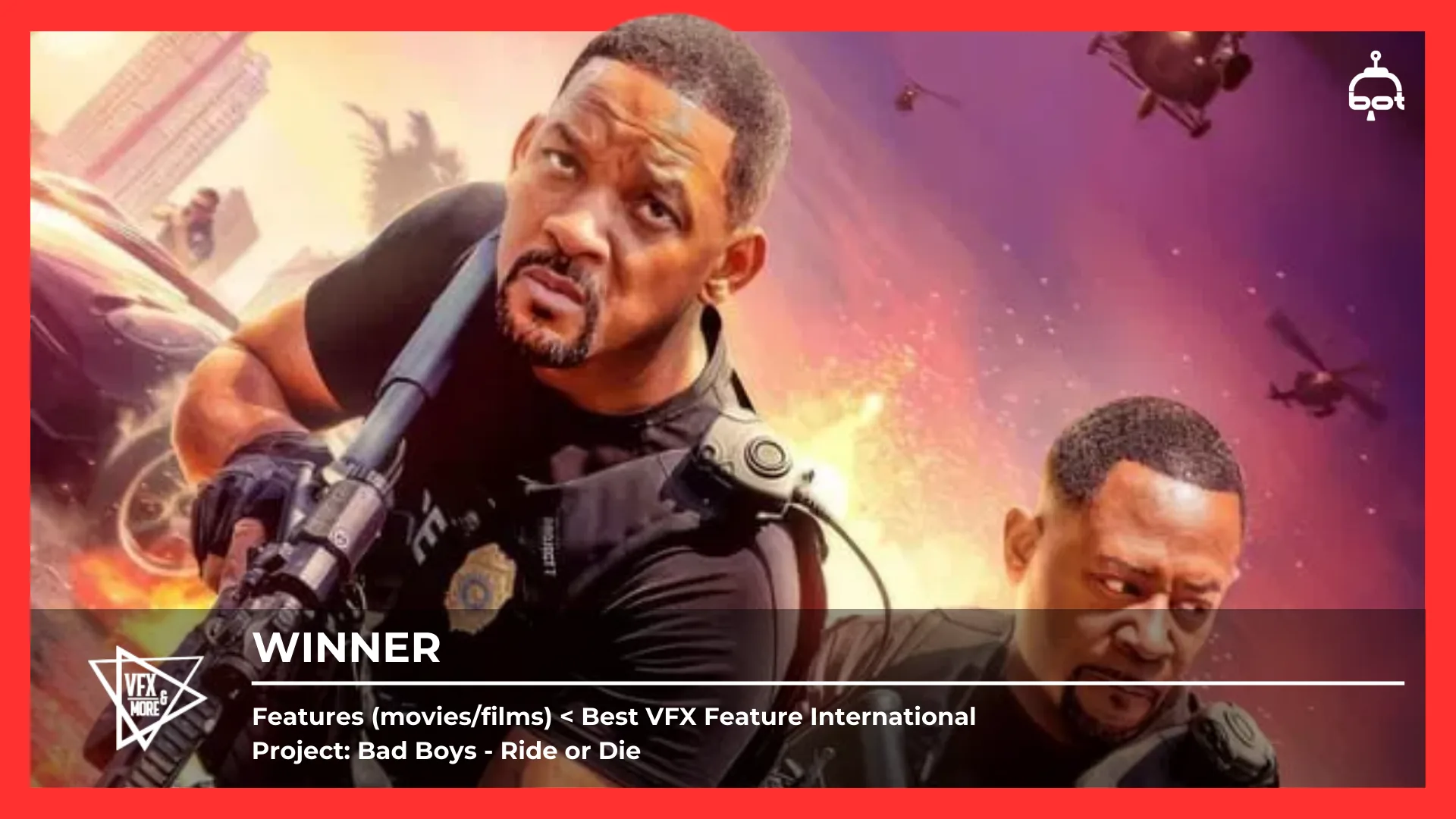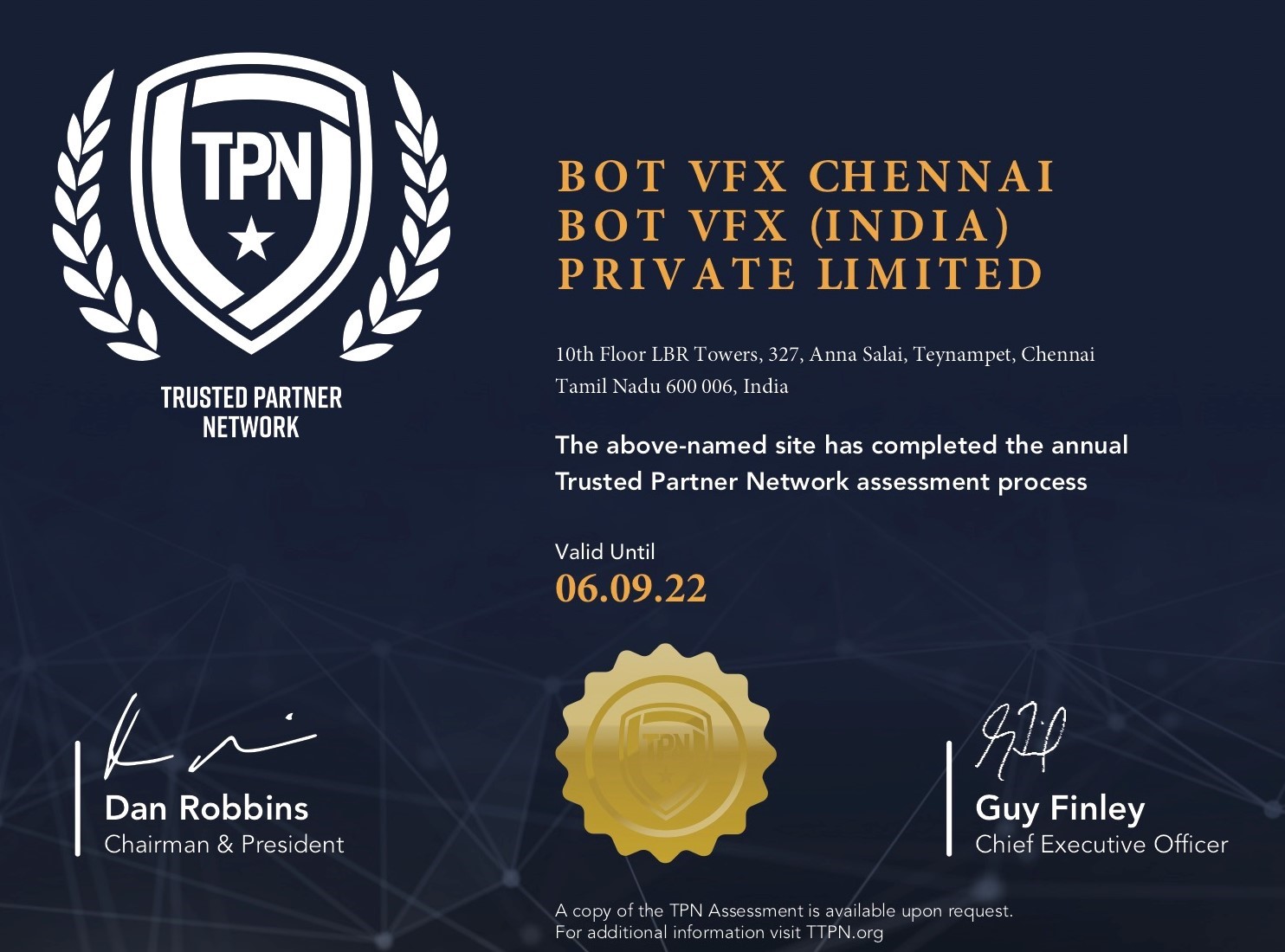BOT VFX is proud to announce that team member Bala Morarji has successfully completed the Unreal Fellowship program with Epic Games.
Bala Morarji, a 3D Supervisor at BOT VFX, was selected to join a recent cohort in the Unreal Fellowship for individuals, a very selective training course where the students spend ten hours a day for a month mastering the intricacies of Epic Unreal Engine.
What follows is an insider view into this experience, drawn from a recent conversation that I (Ramya K of BOT’s Talent Management team) had with Bala.
As we both grab our cups of coffee for a tête-à-tête on his prestigious Unreal Fellowship, Bala Morarji grins over his coffee cup, clearly excited to share his story.
And so it begins
I was one of 100 fellows taking the Unreal Fellowship classes at the same time. We were divided into 5 groups of 20 people each, and each group had a mentor. And that’s how all this started! One of the greatest benefits of being in this group is working alongside other VFX artists from around the world. And even after the classes are over, the group and the Unreal mentors will keep interacting and learning together.
The capabilities of Unreal are vast, and touch on all departments. This was a major time to learn the other side of Unreal – how flows are created, what goes on behind the behind-the-scenes. The key takeaways were vast. Getting this understanding of the Unreal mechanism was mind-blowing!
Scope of the Fellowship training
There was so much covered! Key areas were the background of what has been done in the VFX industry and what the future holds for the VFX industry, how one can work with texture & lighting with ease, motion capture animation, and content creation. Virtual Production, however, was the main focus. While the process was already familiar to all, this gave an in-depth knowledge of the working process and how the workflow is managed.
On balancing work-life-study
Oh it wasn’t easy, but I enjoyed the process through and through. I’m not sure I could have done this without the support of my team. I still would do about 4 to 5 hours of BOT work in the daytime, and then the Unreal sessions were completely during the nighttime.
On how the classes went
We just didn’t have theory sessions, we had demo classes, practice sessions, lab sessions, and mentor sessions. There was so much for us to learn and grasp in a short period of time. We were given projects to work on, and sessions based on how we were performing in the projects.
Our sessions generally started from a basic level, moved on to the intermediate level, and then we moved on to the final level. Each teaching session lasted about three hours, and then the fellows worked independently on their projects. For my part, I would also spend 1 hour each day to review what we had learned. By the end of week, we would have the one-on-one with our assigned mentors. This way, we never had to start a fresh week with doubts in our heads.
Bala’s take on VP
I wouldn’t give a hands-down “yes” to Virtual Production. And it’s not as easy as it sounds. All over the world, there are about a 100 to 120 setups of Virtual Production. In general, VP can be done in three ways – you either have LED or Green Screen or VCAM. In the current scenario, it would be ideal to work on content to be used on LED screens, with compositing that will be used for Virtual Production. Once VP is adopted, work is expected to become much easier.
Do we have cons with VP?
Sometimes, close up shots cannot be kept. The LED lights might become visible when you do that. Some cinematographers do not like the set up. For shooting snow clad shots, some become creative only when you are in the natural setup. VP might make some people lose their creativity, but this would not be the case for all.
So, what are the pros of VP?
Unreal had only been in the gaming space till the last 2 to 3 years when they moved into the VFX space. With Unreal, you have the advantage of seeing the output right from your home. Given the pandemic, this is a great time to make use of this software. The shooting location gets to have fewer people, which is especially important right now. Also, Unreal software is not an outsource – meaning that it is freely downloadable and customizable. So what I download and customize, can be used only by me for my shots.
Where else can we use Unreal?
That would completely be based upon studios and their budgets. Previs is something that can be done. The Indian VFX community has already moved into Previs, or Techvis depending upon their budgets. Roto, prep, and matchmove have been the sustenance quotient for India so far, but with Unreal, collaborative projects can be taken up and this will help the CG department enhance itself.
What does all this mean to you?
This (he says with a glint in his eyes) is my starting point. I now have all the ground materials and my learning has just started. This one month of training in the Fellowship was a huge foundation and I have a basic understanding of what Unreal software can do. How I enhance it is something that completely lies with me. I intend to enhance my knowledge and keep taking training sessions on the Unreal Engine!
Zameer’s take on Unreal @ BOT
Just as we take our first sip of coffee, Zameer Hussain, BOT’s Creative Head, joins our small party with his own cup of coffee. We ask him what this means to the company: “BOT is gearing up with making use of Unreal for its regular CG needs and for engagement with our clients for assisting on virtual production. Along with Bala, who has a head start with his Unreal fellowship training, we have also enrolled 15 artists going through hands-on training sessions from Unreal,” he proudly reports.
“We are pretty impressed with the options Unreal gives as ready-to-use libraries from the marketplace and customizable options for the same. There’s a lot to explore,” Zameer concludes, as we empty our coffee mugs, sanitize our hands and leave for home, confident of a fascinating future in the brave new world of virtual production.
